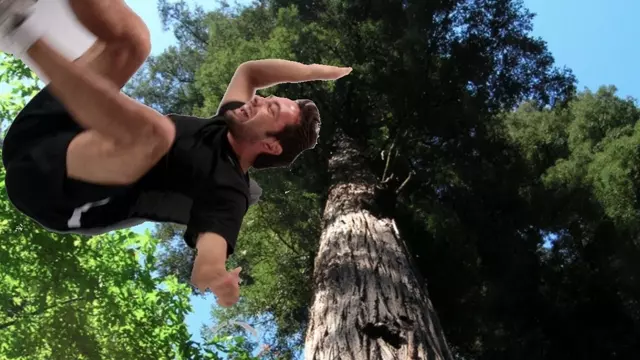2012-09-03
[public] 283K views, 4.73K likes, 104 dislikes audio only
Answer video: /youtube/video/BickMFHAZR0
The longest vertical straw you can use is 10.3 m /youtube/video/HUmZrtiXDik
This is because the weight of water in the straw must be supported by the pressure difference at its two ends. At the bottom, the pressure is atmospheric, and at the top, the lowest pressure you can create is a perfect vacuum (pressure = 0). Atmospheric pressure can support a water column about 10m high - BUT with 0 pressure at the top, the water would start boiling. This is called cavitation and it obviously can't be happening in trees.
After I posted the straw video, I received a lot of questions about how trees could be taler than 10m. I assumed there was a simple answer because there are plenty of trees taller than that. But as I asked around and read articles about it, I couldn't really find an explanation I was happy with.
Maybe there is not a continuous water column inside the tree, so each section only lifts water a little ways? This could be but it seems to require a series of pump mechanisms, and how would you join this pump sections together? Perhaps capillary action is holding the water up? But the xylem tubes in a tree seem too wide (~50 um) for this effect to be significant. Maybe osmotic pressure could push the water from below rather than sucking it up from above? But some trees live in mangroves, where there is much higher solute concentration in the sea water than in their roots, so osmosis would work the other way.
Eventually I spoke to a plant biologist and sorted this all out, but I wanted to give you a little back to school challenge. How do you think this could work?

